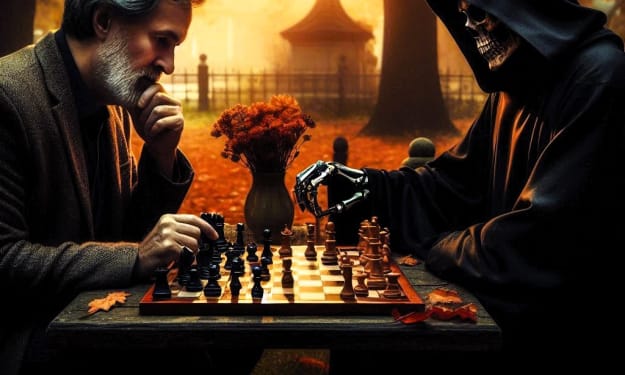Witchcraft in Ancient Times
Witchcraft in Ancient Times: Exploring Beliefs, Practices, and Cultural Significance

The roots of witchcraft can be traced back to historical times, where quite a number cultures developed their very own unique beliefs and practices surrounding the supernatural. Although the specifics of witchcraft various across distinctive civilizations, there are some frequent threads that can be observed.
One of the earliest acknowledged references to witchcraft can be determined in ancient Mesopotamia, where texts dating lower back to round 1800 BCE point out the existence of witch-like figures called "witches" or "sorceresses." These women had been believed to possess the capacity to manipulate supernatural forces to carry about each harm and healing. In fact, the notion of witchcraft in Mesopotamia was not entirely negative, as witches had been additionally sought out for their know-how of medicinal herbs and their ability to ward off evil spirits.
In historical Egypt, magic played a huge position in spiritual and every day life. Magical spells, rituals, and amulets were many times used for protection, healing, and influencing events. Magicians and sorcerers had been respected people who possessed extraordinary knowledge and skills. Although no longer completely centered on witchcraft, these practices and beliefs laid the basis for later principles of witchcraft.
In the classical world, the Greeks and Romans had their own notions of witchcraft. The Greek phrase "goeteia" referred to the practice of using magic or witchcraft to influence activities or people. Witches, or "goetes," were viewed as intermediaries between the human and divine realms. They had been believed to have the ability to talk with spirits, forged spells, and evoke supernatural forces.
In ancient Rome, the idea of witchcraft grew to become intertwined with religion and superstition. Malevolent witches, known as "maleficae," had been concept to have interaction in detrimental magic, such as casting curses or inflicting illness. The Roman felony device even criminalized witchcraft, main to the persecution and execution of humans accused of working towards it.
Outside of Mesopotamia, Egypt, Greece, and Rome, witchcraft beliefs and practices existed in many other historic cultures. For example, in historic Celtic societies, the Druids have been revered as religious leaders who possessed know-how of magic and healing. They were considered intermediaries between the human and divine nation-states and have been believed to have the power to shape-shift.
Similarly, the Norse way of life covered references to "seidr," a structure of magic and divination practiced predominantly through female recognised as "vǫlvas." These female have been believed to have the capability to communicate with spirits, foresee the future, and impact occasions thru magic.
In every of these ancient civilizations, witchcraft was once deeply intertwined with spiritual beliefs, folklore, and societal norms. The exercise of witchcraft used to be often viewed as a capacity of connecting with the supernatural, exerting control over one's environment, and searching for education or protection. It is important to notice that these historic types of witchcraft were not necessarily synonymous with the cutting-edge Wiccan or neopagan practices we see today however laid the foundation for the evolution of witchcraft beliefs and traditions over time.
The perception and interpretation of witchcraft in historical instances assorted substantially throughout cultures and regions, and it is thru the exploration of these historical contexts that we can acquire a deeper appreciation for the wealthy tapestry of witchcraft's origins.
About the Creator
Yulianto Arif
I am an article writer and content creator on youtube short, as well as a thesis writer in my country.






Comments
There are no comments for this story
Be the first to respond and start the conversation.